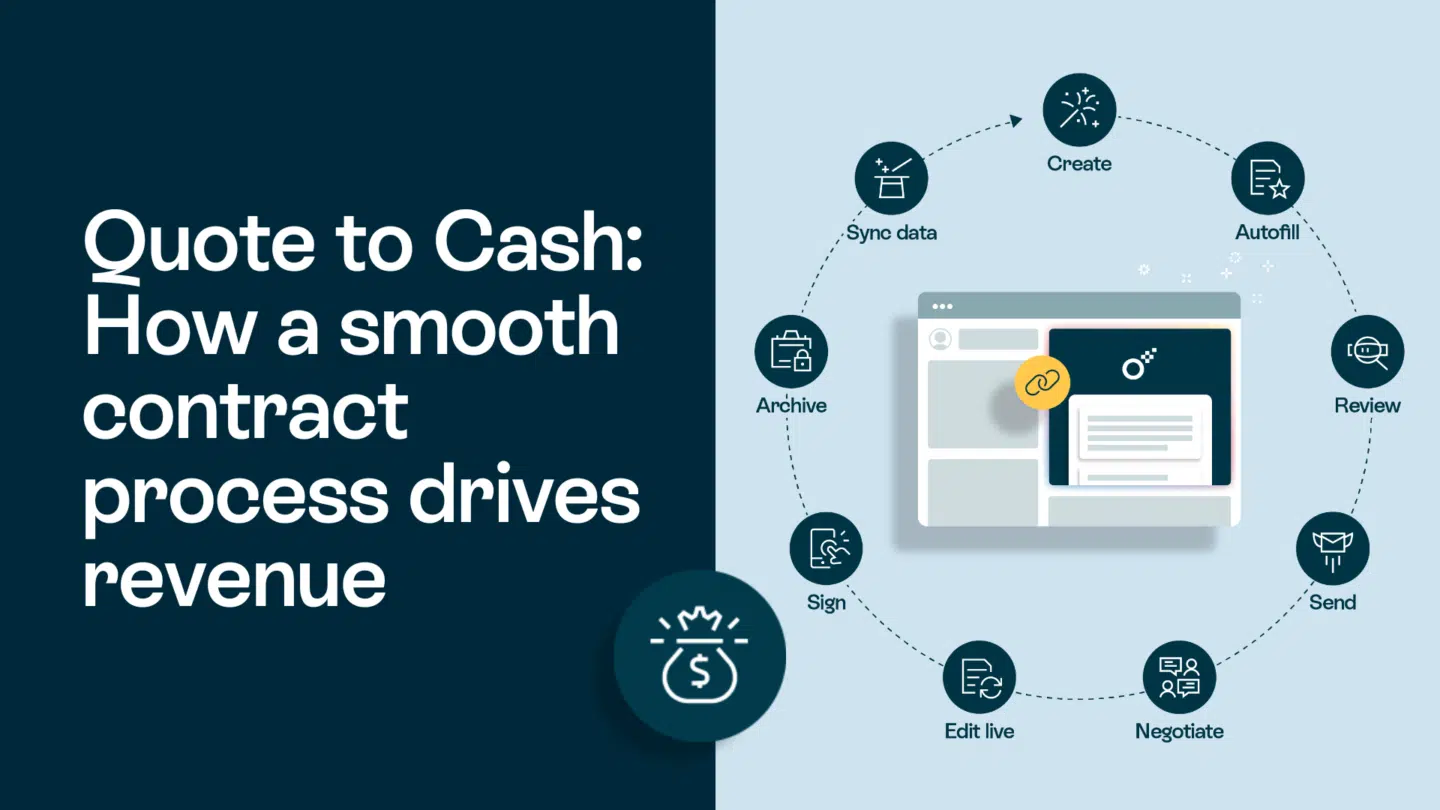Sole proprietorship is a legal structure that allows an individual to own and operate a business on their own. It is the simplest and most common form of business ownership, making it an attractive option for many entrepreneurs. In this article, we will delve into the concept, advantages, and disadvantages of sole proprietorship, as well as explore the process of setting up and managing a sole proprietorship. Additionally, we will touch on the topic of transitioning from sole proprietorship to a partnership or corporation. So, let’s dive right in!
Understanding the concept of sole proprietorship
Before we explore the intricacies of sole proprietorship, let’s first establish a clear definition and basic explanation of this business structure.
Definition and basic explanation
Sole proprietorship refers to a business owned and operated by one individual. As the sole proprietor, you have complete control and responsibility for all aspects of the business, including decision-making, finances, and operations.
Unlike other forms of business ownership, such as partnerships or corporations, there is no legal distinction between you as an individual and your business. This conveys both advantages and disadvantages, which we will discuss later in this article.
Key characteristics of sole proprietorship
As a sole proprietor, you should be aware of the key characteristics that define this business structure:
- Ownership: You are the sole owner of the business, and there are no other partners or shareholders.
- Control: You have full authority over decision-making and the day-to-day operations of the business.
- Liability: You are personally liable for all debts, obligations, and legal issues associated with the business. This means your personal assets could be at risk in case of any liabilities.
- Taxes: Business profits and losses are reported on your personal income tax return, and you are responsible for paying both income tax and self-employment tax.
- Flexibility: Running a sole proprietorship allows for flexibility in terms of business operations, decision-making, and working hours.
Read also: Top 9 free tools for startups to run a business

The pros and cons of sole proprietorship
Now that we have a better understanding of the concept of sole proprietorship, it’s important to examine the advantages and disadvantages associated with this business structure.
Advantages of running a sole proprietorship
There are several benefits that come with being a sole proprietor:
- Easy and Inexpensive Setup: Starting a sole proprietorship is relatively simple compared to other business entities. It typically involves minimal legal and administrative requirements, making it more cost-effective.
- Full Control and Decision-Making: As the sole owner, you have the freedom to make all business decisions without the need for consensus from partners or shareholders. This allows for quick decision-making and agility.
- Direct Profits: Any profits generated by the business are entirely yours. You are not required to share them with partners or shareholders.
- Tax Benefits: One of the notable advantages of sole proprietorship is the ability to claim business expenses as deductions on your personal income tax return. This can help reduce your overall tax liability.
Disadvantages and risks involved
While sole proprietorship offers numerous advantages, it also comes with some drawbacks:
- Unlimited Personal Liability: The biggest risk of sole proprietorship is that you are personally responsible for any debts, losses, or legal issues of the business. Your personal assets, such as your home or savings, could be at risk in the event of a lawsuit or bankruptcy.
- Limited Resources: As the sole proprietor, you are solely responsible for financing the business. This could limit your ability to raise capital compared to larger corporations or partnerships.
- Workload and Burnout: Running a business on your own means you have to wear multiple hats and handle various aspects of the business. This can lead to long hours, stress, and potential burnout.
Read also: Want free business templates to use? Look no more!

Setting up a sole proprietorship
Now that we have explored the advantages and disadvantages, let’s focus on how to set up a sole proprietorship.
Legal requirements and documentation
While the process of setting up a sole proprietorship is relatively straightforward, there are a few key steps you need to follow:
- Choose a Business Name: Select a unique and memorable name for your business. Consider conducting a search to ensure it is not already in use by another business.
- Obtain Necessary Permits and Licenses: Depending on your location and the nature of your business, you may need to acquire specific permits or licenses. Check with local authorities or consult a business attorney to ensure compliance.
- Register with the Appropriate Agencies: In some jurisdictions, you may be required to register your business with the local government or state agencies. This helps establish your legal identity and allows you to operate under your chosen business name.
Financial considerations for starting a sole proprietorship
When starting a sole proprietorship, it’s essential to consider the financial aspects:
- Separate Business and Personal Finances: It is important to keep your personal and business finances separate. Open a dedicated business bank account and obtain a business credit card to track business expenses accurately.
- Obtain Insurance: As a sole proprietor, you may want to consider obtaining liability insurance to protect your personal assets in case of any unforeseen circumstances or legal issues.
- Develop a Financial Plan: Creating a budget, forecasting revenue, and estimating expenses will help you make informed financial decisions and manage the financial health of your business.
Read also: Top 4 benefits of SaaS contract management

Managing a sole proprietorship
Managing a sole proprietorship encompasses a range of responsibilities and considerations.
Day-to-day operations and management
As the sole proprietor, you are responsible for overseeing the day-to-day operations of the business. This includes tasks such as managing employees (if any), interacting with customers, maintaining inventory, and ensuring quality control.
Financial management and tax implications
Proper financial management is crucial for the success of your sole proprietorship:
- Accounting and Bookkeeping: Maintain accurate and up-to-date financial records to track income, expenses, and cash flow. Utilize accounting software or enlist the help of a professional bookkeeper if needed.
- Tax Obligations: As a sole proprietor, you are responsible for reporting and paying both income tax and self-employment tax. Familiarize yourself with the tax requirements and consult a tax professional for guidance if necessary.
- Financial Analysis: Regularly review your financial statements to assess the profitability and overall financial health of your sole proprietorship. This will help identify areas for improvement and strategic decision-making.
Read also: How to be a recession-beating salesperson

Transitioning from sole proprietorship
While sole proprietorship can be a great starting point for many entrepreneurs, there may come a time when transitioning to a partnership or corporation is necessary or beneficial.
When and why to consider transitioning
Transitioning from sole proprietorship may be warranted for a variety of reasons:
- Growth and Expansion: If your business has experienced substantial growth and you require additional resources or capital, transitioning to a partnership or corporation may provide the necessary support.
- Reducing Liability: As a sole proprietor, your personal assets are at risk in case of any legal issues. Forming a partnership or incorporating can help limit your personal liability.
- Succession Planning: If you plan to pass on your business to another individual or sell it in the future, transitioning to a legal entity separate from yourself can make the process smoother.
Steps to transition to a partnership or corporation
The process of transitioning from sole proprietorship to a partnership or corporation typically involves several steps:
- Choose the Right Legal Structure: Consider the benefits and drawbacks of partnerships and corporations before deciding which structure aligns best with your business goals and needs.
- Legal Requirements: Familiarize yourself with the legal requirements for forming partnerships or corporations. This may include drafting partnership agreements, filing articles of incorporation, and fulfilling any necessary registration procedures.
- Consult Professionals: Seek guidance from an attorney, accountant/skilled bookkeeper, or business advisor experienced in business transitions. They can help navigate the legal and financial aspects of the transition.
The key takeaways
Sole proprietorship offers entrepreneurs an opportunity to start and operate their own business independently. It provides simplicity, control, and flexibility, but also carries risks and limitations. By understanding the concept, advantages, and disadvantages, as well as the necessary steps for setting up and managing a sole proprietorship, entrepreneurs can make informed decisions about their business ventures. For those looking to scale or transition in the future, exploring partnerships or corporations as alternative options can provide additional benefits. So, whether you’re just starting or considering a transition, sole proprietorship is a valuable business structure worth exploring.








